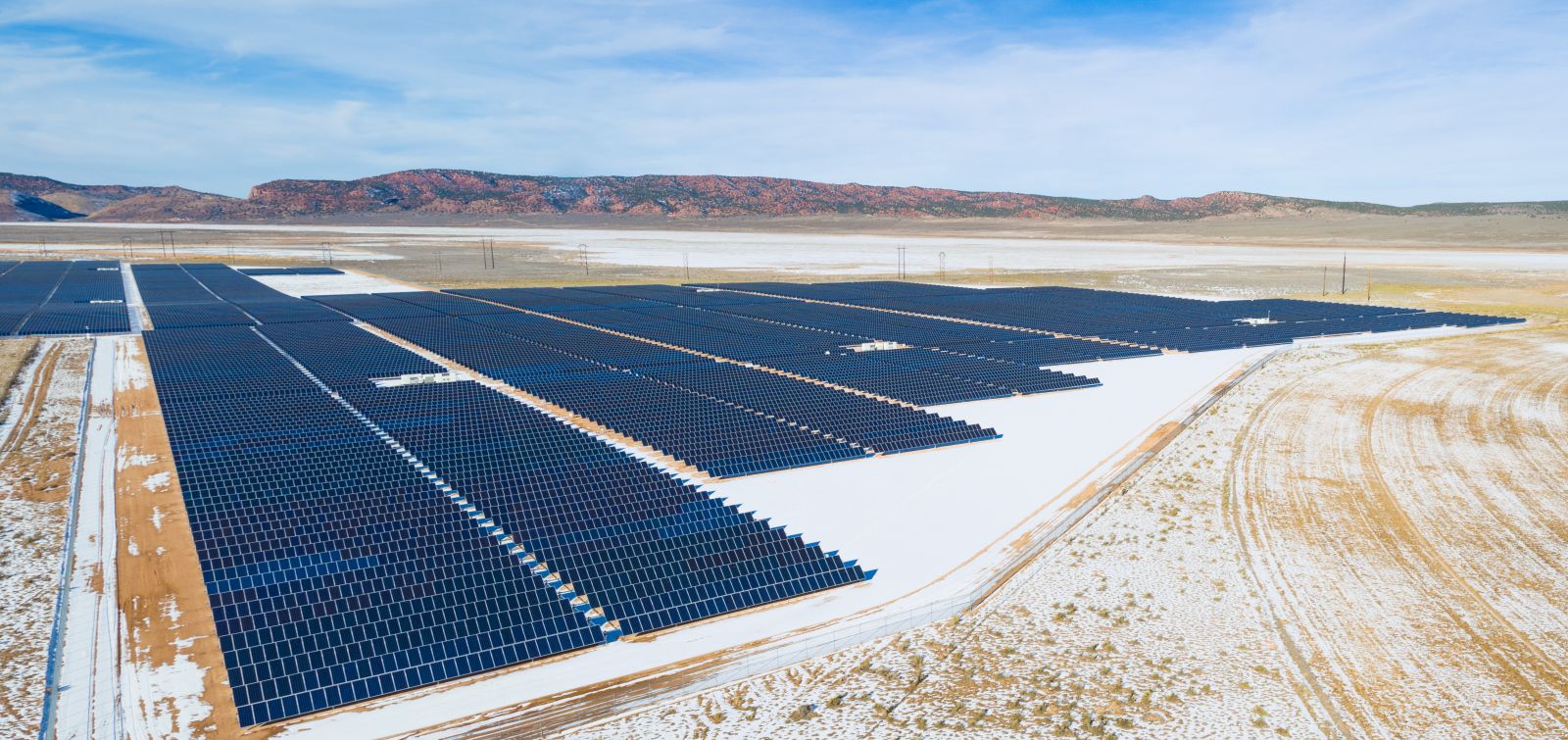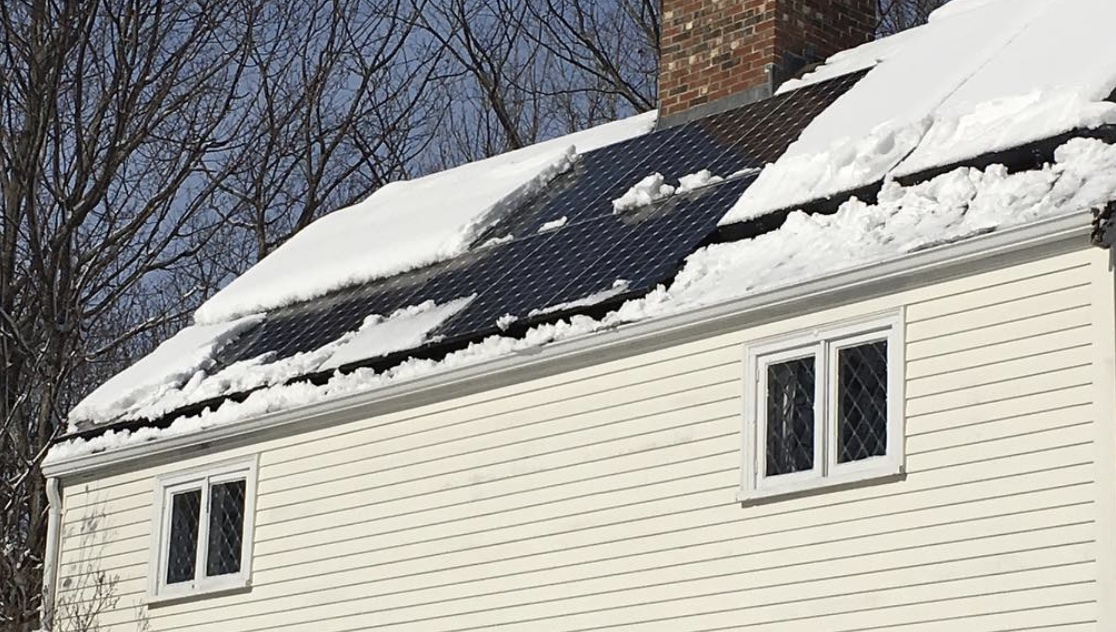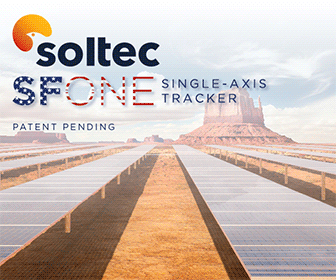Why PV Modules Love Cold Weather
When the average consumer thinks about solar, one thinks about hot locations with copious amounts of sun, like Hawaii, Florida, California, or the desert Southwest. While those regions do have a lot of solar, it's important to remember that solar generates electricity from the sun's light, not its heat. Accordingly, over the years, states in colder climates have flourished with an increase in solar installations; in fact, of the top solar states, several are located in areas which deal consistently with cold weather, snow, ice, and hail. Snow and hail, in particular, appear to be increasing over time. While a bit counterintuitive, it seems that warmer air holds more moisture, so snow volume actually is increasing in cold climates that still experience freezing temperatures. Similarly, some researchers suspect that this retained moisture may be creating larger and more dangerous hail. While these trends impact productivity and project risk for both rooftop and ground-mount solar projects, innovative module design focused on extended durability can mitigate some of these threats.

Not all aspects of cold weather are negative for solar. In fact, cold weather improves the performance of modules. Solar module production can vary based on ambient temperature; as temperatures rise, the voltage of the module will decrease. Similarly, as temperatures decrease, voltage will increase. Solar production will increase as the ambient temperature decreases. The reflectivity of snow also helps increase production, especially with bifacial modules, as it presents more irradiance to the module.
It is also true that snow, ice, and hail can decrease solar productivity or even destroy the module. Snow buildup is similar to the accumulation of soiling, like dust and dirt, so productivity decreases or even ceases when the module is covered in snow. In utility projects where modules are installed on fixed racks using a single pier, the buildup of snow can lead to excessive loading of the structure, causing it to become misaligned. Accumulated ice also impacts module performance. The main concern with ice accumulation is known as the ice dam effect; ice dam effect is when snow melts during the day, and the runoff drips to the lower edge .jpg) of the module. When that cold water hits the air blowing at the bottom edge, it turns into ice. This process can repeat over time, causing an ice dam to form and grow larger at the bottom of the module. This unevenly distributed weight creates stress on the module. Ultimately, if enough ice forms, the weight can cause the lower edge of the module to fail, essentially shearing off the lower edge and causing the glass to shatter. Hailstorms with sizable hailstones, as they accelerate to earth, can effectively destroy modules. A recent event astonishingly destroyed hundreds of thousands of modules in a single ground-mount project.
of the module. When that cold water hits the air blowing at the bottom edge, it turns into ice. This process can repeat over time, causing an ice dam to form and grow larger at the bottom of the module. This unevenly distributed weight creates stress on the module. Ultimately, if enough ice forms, the weight can cause the lower edge of the module to fail, essentially shearing off the lower edge and causing the glass to shatter. Hailstorms with sizable hailstones, as they accelerate to earth, can effectively destroy modules. A recent event astonishingly destroyed hundreds of thousands of modules in a single ground-mount project.
Project owners can mitigate some of these risks by selecting durable modules and maintaining their projects during these weather events. All modules come with snow load ratings. Even the relatively standard 5400 Pascal rating for snow loads is equivalent to roughly 113 pounds per square foot. One inch of packed snow can vary by weight per square foot, so you would need multiple feet of packed, wet snow piled on top of the module to create major structural issues. Some timely maintenance to prevent snow accumulation or the ice dam effect may be helpful. Companies specialized in operations and maintenance help keep larger ground-mount projects operating effectively, while homeowners can use brushes or "sleds" to remove the snow. However, using snow rakes or anything with teeth is not a good idea, as rakes can scratch the surface of the glass, leading to module damage. Of course, for homeowners, this may involve the risk of trying to climb onto a roof during wet and slippery conditions.

Given that many homes in cold climates already have sharply pitched roofs, it may be safer to wait for gravity and the sun to do their jobs. Also, the melting snow has a secondary benefit, which is washing away any underlying dirt and debris as it rolls off the module. There are also heating elements homeowners can purchase that can be installed on the lower edge of the roof to help melt snow more quickly. In recent years, the prevalence of dual glass bifacial solar modules has made them more susceptible to hail damage. While some manufacturers continue to use robust 3.2mm tempered solar glass, some have resorted to untempered glass - as thin as 2mm - in order to reduce the weight of the module. Owners should carefully select modules with thick front side glass and strong hail ratings. Durable modules with thicker front side glass can withstand hailstones up to 45mm at speeds up to 29 meters per second.
The number of solar projects will continue to grow throughout the United States, including the colder regions. While the upside continues to outweigh the downside, customers and project insurers alike are beginning to take notice of the risks of operating solar projects in these environments. Thoughtful module selection and timely maintenance can make all the difference.
Jeff Juger is the Director of Business Development, and Mike Amati is the Sr. Sales Application Engineer for Jinko Solar, which manufactures and distributes solar panels as part of a sustainable product lifecycle.
Jinko Solar | jinkosolar.us
Author: Jeff Juger and Mike Amati
Volume: 2021 May/June









.gif?r=6587)
.jpg?r=9272)
.jpg?r=2476)
